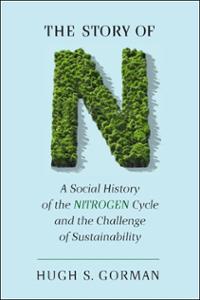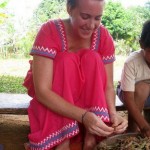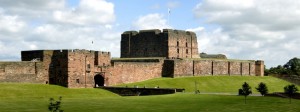
This year marks the fifth year that Prof. Carl Blair has run the Frontiers and Fortresses summer study abroad program in Cumbria, England, and the first year that he has had the students blog their experiences. The Track B summer program has just wrapped in Carlisle, their base of operations, but you can read all about the experience through the four-week experience on their Weebly blog.

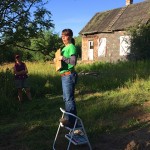
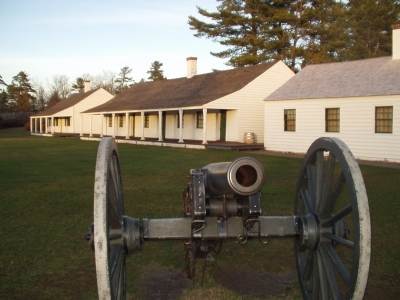
 Chelsea Schelly is just back from Munich where she participated in a workshop on “
Chelsea Schelly is just back from Munich where she participated in a workshop on “